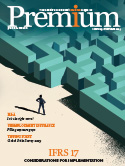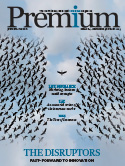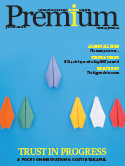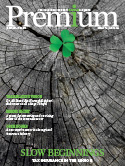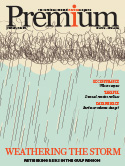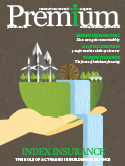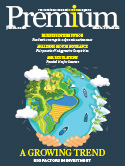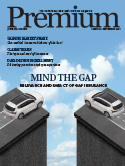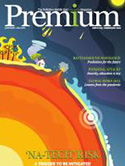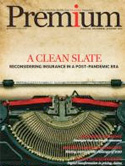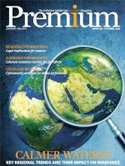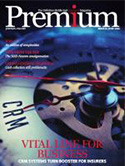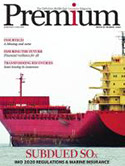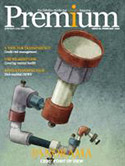Dudley, Eunice insured losses to range EUR3-4.5 bn
Risk modeling and solutions company RMS, estimates that insured losses from Windstorms Dudley and Eunice, also known respectively as Ylenia and Zeynep, will likely fall between EUR3.0 and 4.5 billion. Losses in Germany will likely account for around 40 percent of the total loss, followed by the Netherlands at around 20 percent, and the United Kingdom at around 15 percent. The storms also affected Ireland, France, Belgium, Denmark, Switzerland, Austria, the Czech Republic, Poland, and Slovakia between February 16-19, 2022.
RMS analysis suggests that Eunice is expected to contribute between EUR2.5 andEUR3.5 billion to the overall insured loss total. This estimate would rank Eunice as the most damaging European windstorm event since Kyrill in 2007.
Losses caused by storm surge and inland flooding are not included in these estimates, as these are not expected to be material for Dudley and Eunice. Some flooding has occurred subsequently in Europe resulting from Windstorm Franklin between February 20-22, 2022.
The loss estimates consider unique aspects of these events, including market dynamics and economic effects from the ongoing COVID-19 pandemic, which will likely act to increase losses beyond typical expectations. This includes losses to large facilities, such as power plants and stadiums, and uncertainty in replacement costs, driven by material prices and shortages.
Michèle Lai, senior product manager for Europe Climate Models at RMS, said: “Windstorm Eunice will likely be the costliest European windstorm of the last 15 years, following the path of Kyrill (2007), however, it will end up causing less damage in Germany than its ‘big brother.’ Although the last two decades have mostly spared us from history-making windstorms like Daria (1990) or Lothar (1999), Windstorms Dudley and Eunice remind us how destructive these events can be and highlight the importance of storm clustering, the close succession of multiple storms following similar trajectories, in Europe.”








